Choosing the right ski boot flex is key to having fun and staying comfortable on the slopes. Here's the deal: ski boot flex measures how stiff or soft a boot feels when you lean forward. Softer boots (flex 60–80) are great for beginners, while stiffer boots (100+) give advanced skiers more control. For most folks, a medium flex (80–100) hits the sweet spot. But here’s the catch: flex ratings aren’t consistent across brands, so trying boots on is a must.
Using Snowfeet gear like mini ski skates or short skis? You’ll want a softer to medium flex for easy turns and a playful ride. Longer skis, on the other hand, usually need stiffer boots for stability. And don’t forget - cold weather can make boots feel stiffer, so plan accordingly. The right flex depends on your skill level, body weight, and terrain. Whether you’re cruising down slopes or playing around in your backyard, finding the right flex can make all the difference. :)

What ski boot flex is best, how it works, and misconceptions explained.
How Ski Boot Flex Affects Performance with Short Skis and Snowfeet* Products

Short skis and Snowfeet* gear call for a different approach to boot flex compared to traditional long skis. The compact design of Snowfeet* products promotes quick turns and exceptional agility. To get the most out of this equipment, it’s important to understand how boot flex and ski length work together.
Short Skis vs. Long Skis: How Flex Changes with Length
The length of your skis plays a big role in how force is distributed and how much leverage you need. Short skis, which measure under 160 cm, and long skis, typically over 170 cm, create very different dynamics. Long skis require stiffer boots to handle the greater leverage and force involved. On the other hand, Snowfeet* products and other short skis need less force, making turns easier and movement more fluid, especially on narrow or crowded slopes.
Flex Ratings and Control with Snowfeet*
Boot flex has a direct impact on how well you can control your Snowfeet* gear. Thanks to their nimble design, Snowfeet* products work with a variety of boot flex ratings:
- Soft flex (60–80): Perfect for beginners or those looking for easy turn initiation.
- Medium flex (80–100): Strikes a balance between control and comfort, making it the go-to choice for most users.
- Stiff flex (100+): Offers precision for advanced users but can feel too rigid for the playful style that Snowfeet* encourages.
Comparison Table: Snowfeet* vs. Traditional Long Skis
| Feature | Snowfeet* Products | Traditional Long Skis (Rossignol, Atomic, Head) |
|---|---|---|
| Ideal Flex Range | 60–90 for most users | 90–130+ for intermediate to advanced |
| Maneuverability | Excellent in tight spaces and crowds | Requires more effort for tight turns |
| Learning Curve | Beginner-friendly with forgiving flex | Steeper learning curve; relies on stiffer boots |
| Portability | Compact; fits in a backpack | Requires roof racks or ski bags |
| Boot Compatibility | Works with winter shoes, snowboard boots, or ski boots | Typically requires dedicated ski boots |
| Terrain Versatility | Great for slopes, parks, trails, and backyards | Primarily designed for ski slopes |
| Playfulness Factor | High – encourages tricks and creativity | Lower – focused on speed and stability |
Snowfeet* products make winter sports more approachable and versatile. Unlike traditional long skis, which often demand precise boot setups and advanced skills, Snowfeet* gear opens the door to a fun, flexible experience. Whether you're zipping through your backyard with Mini Ski Skates or tackling a mountain with Short Skis, Snowfeet* brings a playful and accessible twist to skiing.
How to Choose the Right Ski Boot Flex for Your Needs
Picking the right boot flex for your Snowfeet* adventures is all about finding the sweet spot between your gear, skill level, and skiing goals. Let’s break down how to choose the best flex for your needs.
Flex Recommendations by Skill Level
Your experience level is one of the biggest factors in deciding the ideal boot flex for Snowfeet*. Unlike traditional skiing, where stiffer boots often signal progression, Snowfeet* gear offers a more laid-back approach that emphasizes fun and control.
- Beginners: If you’re just starting out, go for softer flex boots. Men should look for a flex range of 60–80, while women should aim for 50–60. Softer boots allow more ankle movement, making it easier to control your Snowfeet* Mini Ski Skates or Skiskates. This flexibility helps with forward lean and smooth turn initiation - key for learning the ropes with shorter gear.
- Intermediate users: For those with some experience, medium flex boots are a great choice. Men should aim for 85–100, and women for 65–80. This range strikes a balance between comfort and performance, giving you the responsiveness needed to improve while keeping that playful Snowfeet* vibe. Whether you’re carving with Skiblades or hitting terrain parks with Skiskates, these boots handle it all.
- Advanced users: If you’re ready to push boundaries, stiffer boots are the way to go. Men should look for a flex of 110–120, and women should consider 85–100. These boots offer maximum control and quick response, perfect for advanced moves and high-speed runs.
One thing to keep in mind: Snowfeet* gear is naturally responsive, so you won’t need boots as stiff as you might for traditional skiing.
Body Type and Terrain Considerations
Your body type and the terrain you plan to tackle also play a big role in choosing the right flex.
- Body weight: Heavier skiers often need stiffer boots for better control, while lighter skiers can stick with softer options without losing performance.
- Terrain: If you’re sticking to gentle slopes or backyard fun, softer boots will keep things comfortable. But if you’re heading to steeper terrain with Snowfeet* Short Skis (120 cm) or exploring powder with Snowfeet* POWDER (99 cm), a medium to stiffer flex will give you the stability and control you need.
- Age: Older skiers might prefer softer boots to reduce strain on their knees and hips. Combined with shorter skis, this setup provides a smoother, less taxing experience.
- Skiing style: Love tricks and playful moves? Softer to medium flex boots are your friend, offering the ankle flexibility needed for creative maneuvers. If you’re into precise carving and technical turns, a slightly stiffer boot will give you better control and a more direct connection to your Snowfeet* gear.
 Trying on boots and flexing them is a must since flex ratings can vary between brands. If you’re unsure, a professional boot fitter can help you find the perfect combination of fit and flex for your Snowfeet* adventures.
Trying on boots and flexing them is a must since flex ratings can vary between brands. If you’re unsure, a professional boot fitter can help you find the perfect combination of fit and flex for your Snowfeet* adventures.
The beauty of Snowfeet* products is their versatility. Unlike traditional skiing, you’re not tied to rigid boot requirements. Whether you’re using winter shoes with Mini Ski Skates, snowboard boots with Skiskates, or ski boots with Skiblades, the right boot flex will enhance your performance and make every run more enjoyable.
sbb-itb-17ade95
Why Snowfeet* Beats Long Ski and Snowboard Brands
When it comes to winter sports gear, Snowfeet* stands out by offering a design that transforms your experience on the snow. Unlike traditional long skis and snowboards, Snowfeet* products are all about versatility, comfort, and ease of use, especially when it comes to boot compatibility.
The Snowfeet* Advantage
One of the biggest perks of Snowfeet* is how adaptable they are with different types of footwear. Forget the hassle of needing specialized ski boots with rigid flex ratings. Snowfeet* works seamlessly with winter shoes, snowboard boots, or even ski boots. This means you can choose what feels best for you, whether it's comfort, warmth, or simply your personal style.
Another standout feature? Portability. Snowfeet* gear is compact enough to fit in a backpack, which is a game-changer compared to lugging around bulky traditional skis or snowboards. This makes it easy to explore terrains that are usually off-limits with larger equipment - think narrow hiking trails, your local sledding hill, or even your own backyard.
Snowfeet* also shines when it comes to terrain variety. While traditional skis are mostly built for groomed slopes, Snowfeet* handles everything from ski slopes and snow parks to hiking trails and casual snowy spots. This versatility gives you the freedom to adjust your boot flex to suit the conditions, making every outing more enjoyable.
What really sets Snowfeet* apart is the freedom of movement they provide. Their shorter design makes for a playful and responsive ride, especially for beginners. Softer flex boots work beautifully with Snowfeet*, creating a natural connection between your movements and the snow. Plus, they’re easy to learn, so instead of wrestling with awkward gear, you can focus on having fun.
Here’s a quick breakdown of how Snowfeet* stacks up against traditional long ski brands:
Comparison Table: Snowfeet* vs. Long Ski Brands
| Feature | Snowfeet* Products | Traditional Long Ski Brands (Rossignol, Atomic, Head, Elan) |
|---|---|---|
| Boot Compatibility | Works with winter shoes, snowboard boots, or ski boots | Requires specific ski boots |
| Flex Requirements | Flexible options; ideal for softer, playful flex | Typically needs stiffer flex for precision |
| Portability | Compact; fits in a backpack | Bulky, requiring larger transport solutions |
| Learning Curve | Beginner-friendly and easy to master | Often involves a steeper learning curve |
| Boot Flex Impact | Short design pairs well with softer boot flex | Longer equipment demands stiffer flex for control |
Snowfeet* products are crafted in Europe with high-quality materials, including fiberglass and metal ski edges for durability. Whether you go for the ultra-compact 38cm Mini Ski Skates or the slightly longer 120cm Short Skis, you’ll benefit from gear that prioritizes performance and flexibility. And the best part? You’re free to choose boots that keep you comfortable and warm, without being tied to the rigid requirements of traditional ski brands.
Conclusion: Finding the Perfect Flex for Snowfeet* Adventures
Choosing the right boot flex comes down to your skill level, body type, and the terrain you plan to tackle. Beginners will benefit from a softer flex for easier control, while intermediates should aim for a balanced mid-range. Advanced riders typically prefer a stiffer setup for precision and power. This flexibility is what makes Snowfeet* such a game-changer for winter adventures.
Unlike traditional long skis that require specific, rigid boot setups, Snowfeet* lets you prioritize comfort and warmth. Whether you opt for winter shoes, snowboard boots, or ski boots, you're not tied to a single system. This freedom means you can find the perfect fit for your style without sacrificing performance.
Snowfeet*’s design truly shines when it comes to exploring different terrains. Whether you're carving down groomed slopes, trekking along hiking trails, or enjoying a sledding hill, the right flex paired with Snowfeet* opens up possibilities that traditional skis can't match. Their compact size is another bonus: the 38cm Mini Ski Skates fit easily into a backpack, while the 120cm Short Skis offer more stability for those craving a traditional skiing feel.
Keep in mind, flex ratings aren’t standardized across brands. A 110 flex from one manufacturer might feel completely different from another. Experimenting with various flex ratings and boot types is key to finding what works best for your riding style and conditions.
With Snowfeet*, you’re not just gaining versatility - you’re also boosting safety and durability. Their compact design reduces the risk of injuries, and the gear is built to withstand the demands of your chosen flex setup.
Whether you're a beginner or a seasoned pro, Snowfeet* offers the freedom to customize your boot flex without the restrictions of traditional winter sports gear. Pair the right flex with Snowfeet*’s innovative design, and you’ll unlock a whole new level of winter fun.
FAQs
What ski boot flex should I choose when switching from traditional skis to Snowfeet products?
Picking the Right Ski Boot Flex for Snowfeet
When switching from traditional skis to Snowfeet, choosing the right ski boot flex can make a big difference in your experience. It all comes down to your skill level and how you like to ride.
If you're a beginner or someone who values comfort above all, go for a softer flex - something in the 80–100 range. Softer boots are more forgiving and easier to control, which is great when you're still getting the hang of things. On the other hand, if you're an advanced skier chasing precision and sharper responsiveness, a stiffer flex (120+) might feel more like home. But keep this in mind: Snowfeet are all about agility, playfulness, and fun. Because of this, a softer flex is often the better choice, even for seasoned skiers. It makes turns smoother and keeps things comfy, especially for first-timers.
To figure out what works best, buckle up your boots and lean forward into them. You want to feel balanced and in control. Since Snowfeet are more lightweight and less rigid than traditional skis from brands like Rossignol or Atomic, a slightly softer boot flex will help you make the most of their easy, playful vibe. You'll get better control and enjoy those quick, smooth turns that make Snowfeet so unique.
What makes Snowfeet products better than traditional long skis when it comes to boot flexibility and the overall skiing experience?
Snowfeet products offer a fresh twist on skiing, breaking away from the bulkiness of traditional long skis. One of their biggest perks? You don’t need special ski boots. Snowfeet work with all kinds of footwear - whether you’ve got winter shoes, snowboard boots, or even regular ski boots. This means they’re not just easier to use but also more inviting for a broader group of people.
Another standout feature is their lightweight, compact design. They’re super easy to carry, pack, and handle, making them perfect for beginners or anyone who prefers a more laid-back skiing experience. Plus, their shorter length and adjustable bindings give you better control and agility on the slopes. Whether you’re into short skis, skiblades, or skiskates, Snowfeet bring a fun, modern vibe to skiing that’s hard to resist.
How do differences in ski boot flex ratings between brands affect my choice when using Snowfeet gear?
Ski boot flex ratings can be a bit of a puzzle, especially since brands like Salomon, Atomic, and Head each have their own way of measuring them. A flex rating of 100 from one brand might feel softer - or stiffer - than the same rating from another. This lack of consistency can make finding the perfect boots for your Snowfeet gear a bit of a challenge, as Snowfeet relies on precise flex characteristics to deliver the control and comfort you need.
To get the most out of Snowfeet's lightweight and cleverly designed products, it’s crucial to pick ski boots with a flex rating that suits both your skill level and skiing style. Some brands do a better job of explaining their flex ratings, so it’s worth checking out their details - or better yet, try the boots on in person to see how they feel. When your gear works in harmony, your performance improves, and your time on the slopes becomes that much more fun.

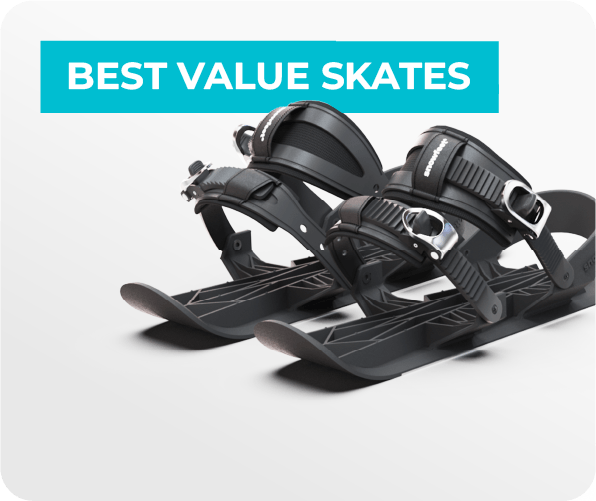
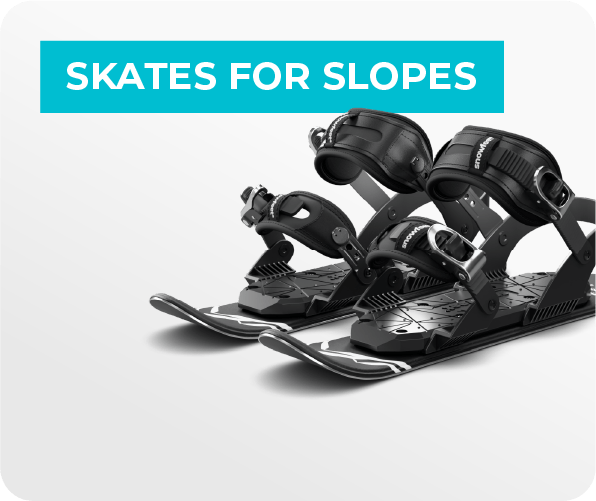
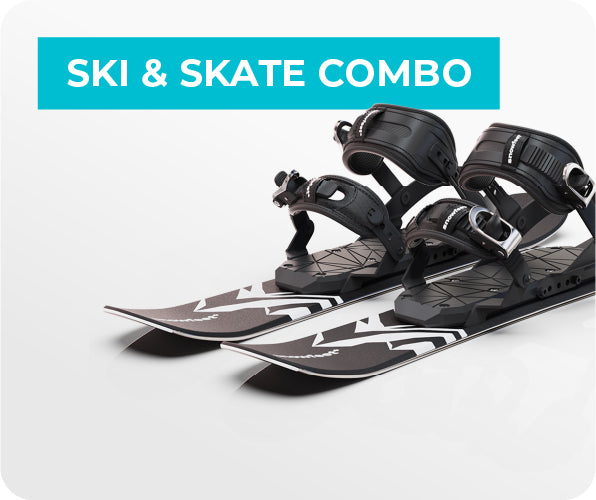
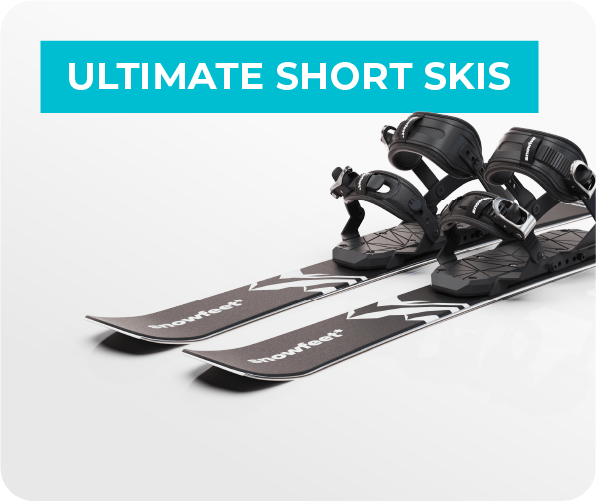
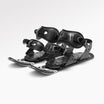
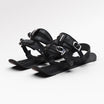
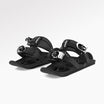
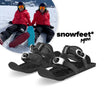
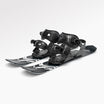
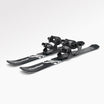
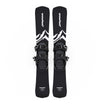
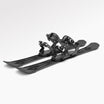
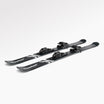
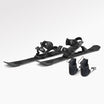

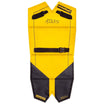
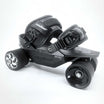

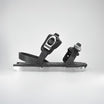
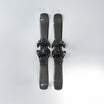
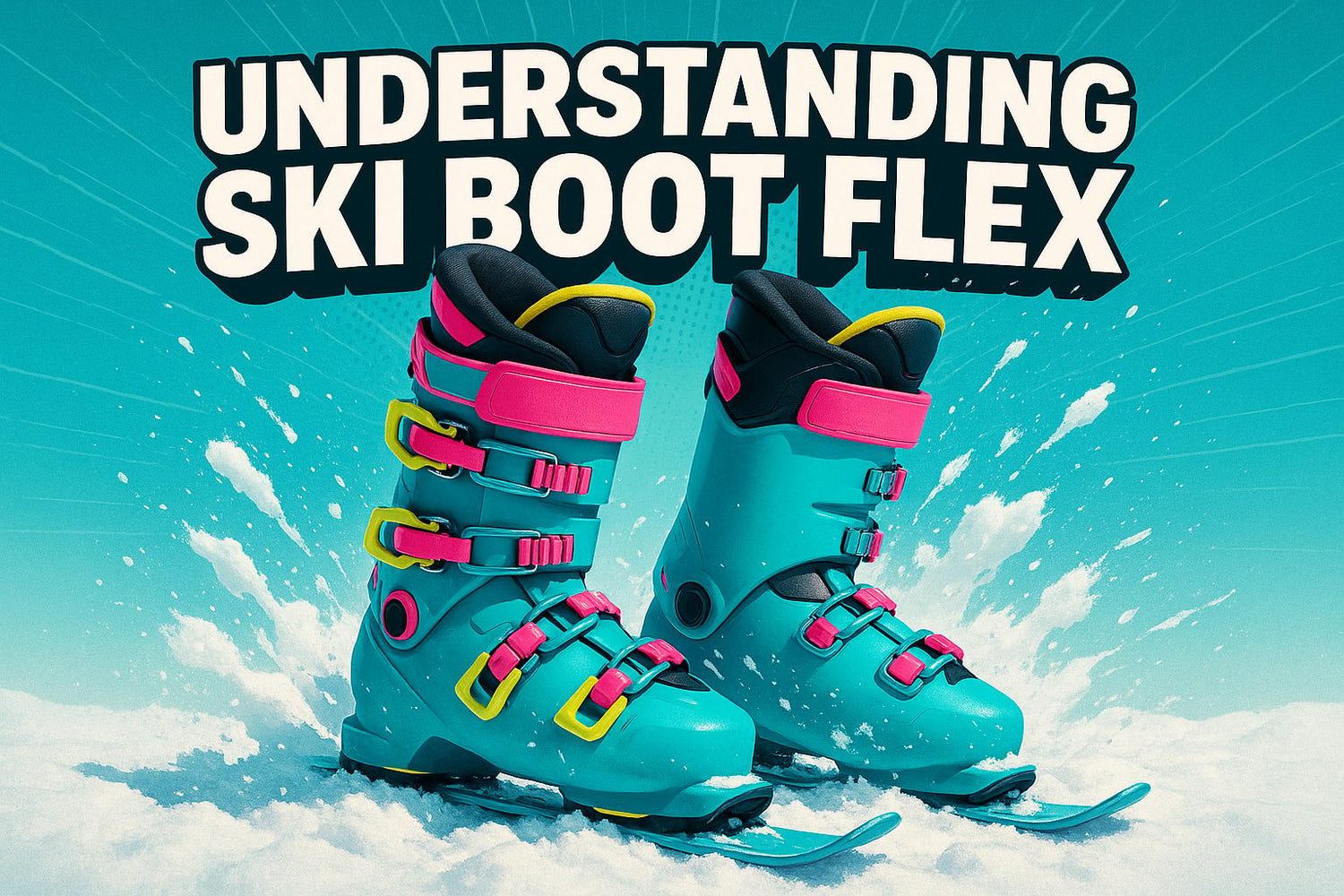
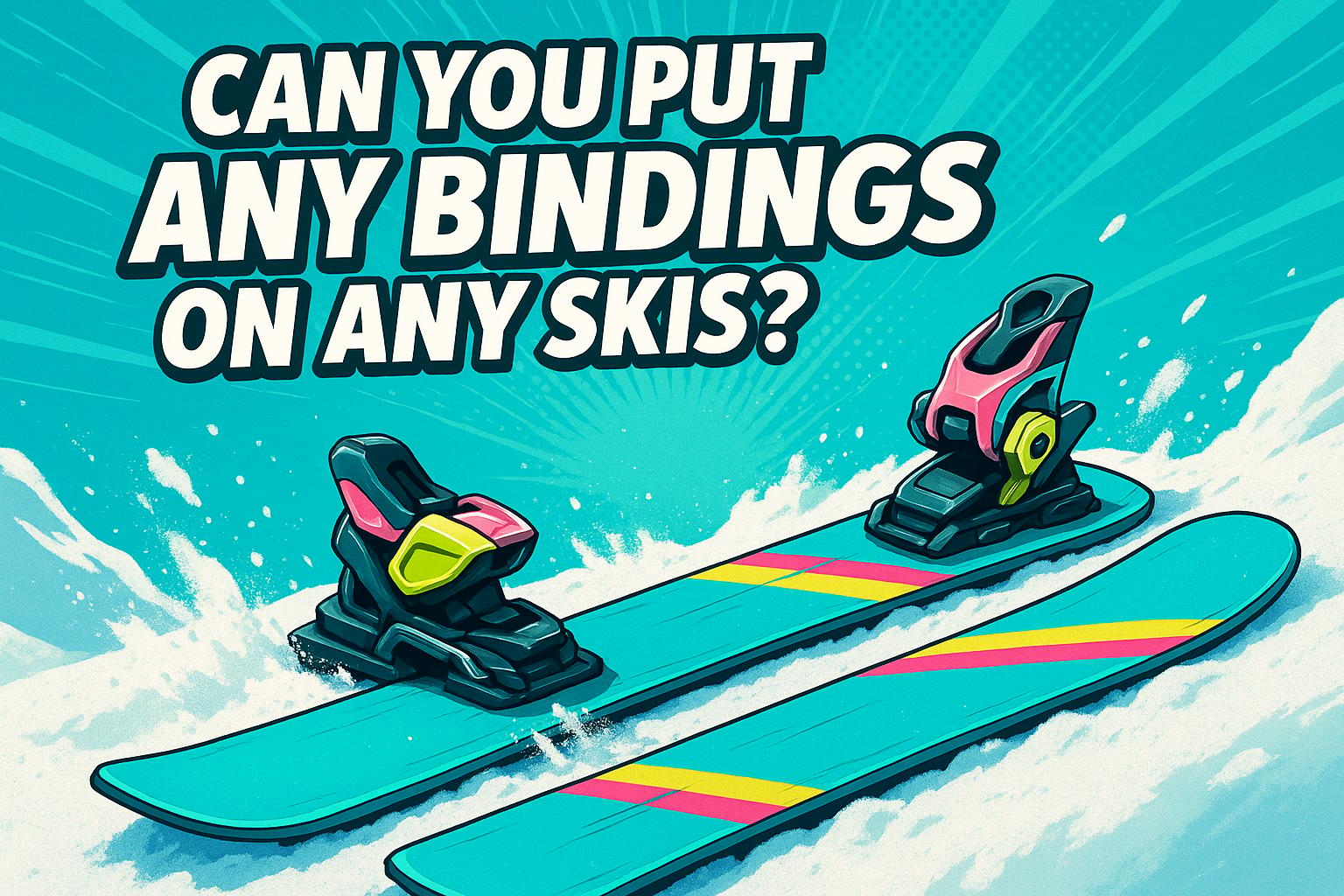
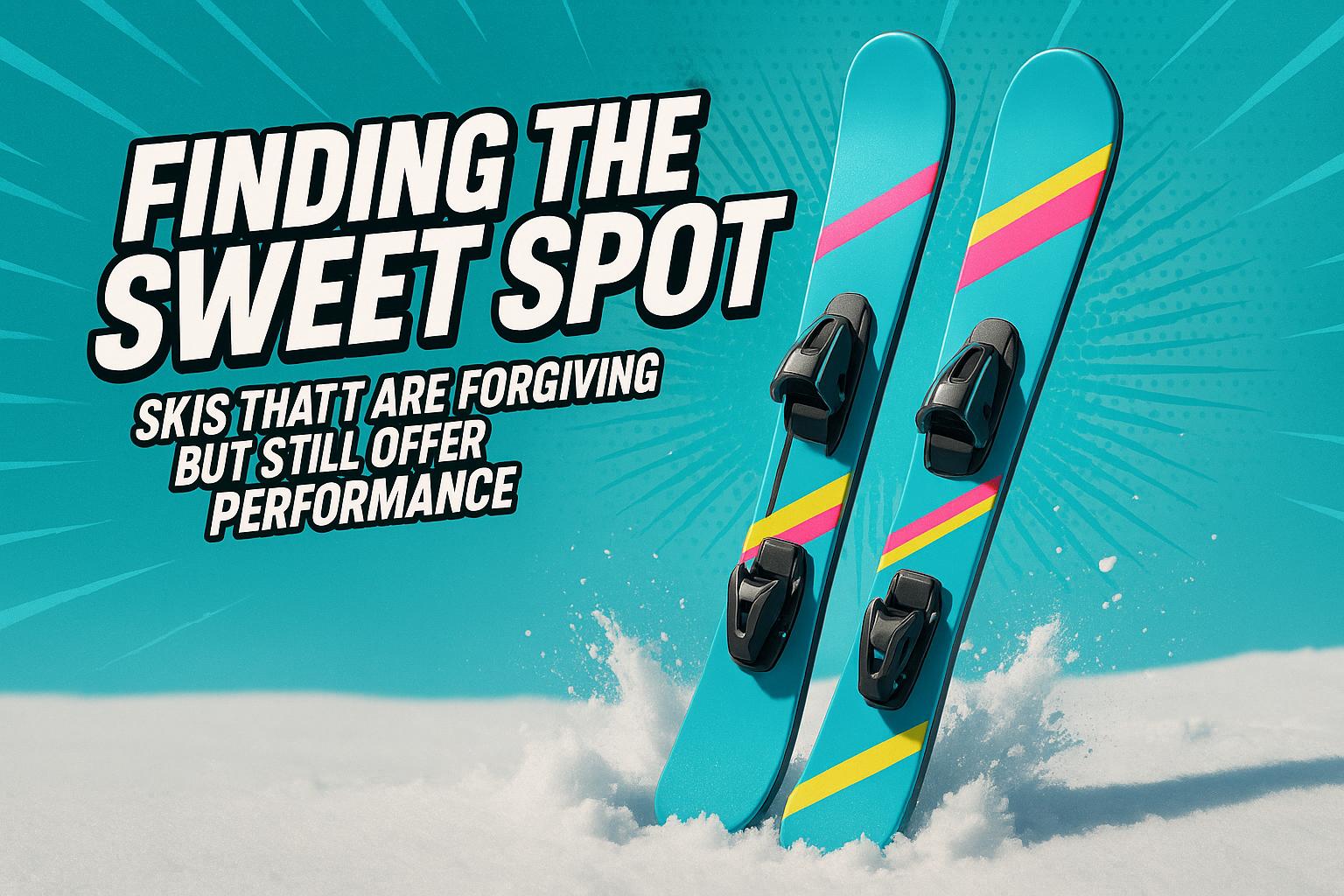
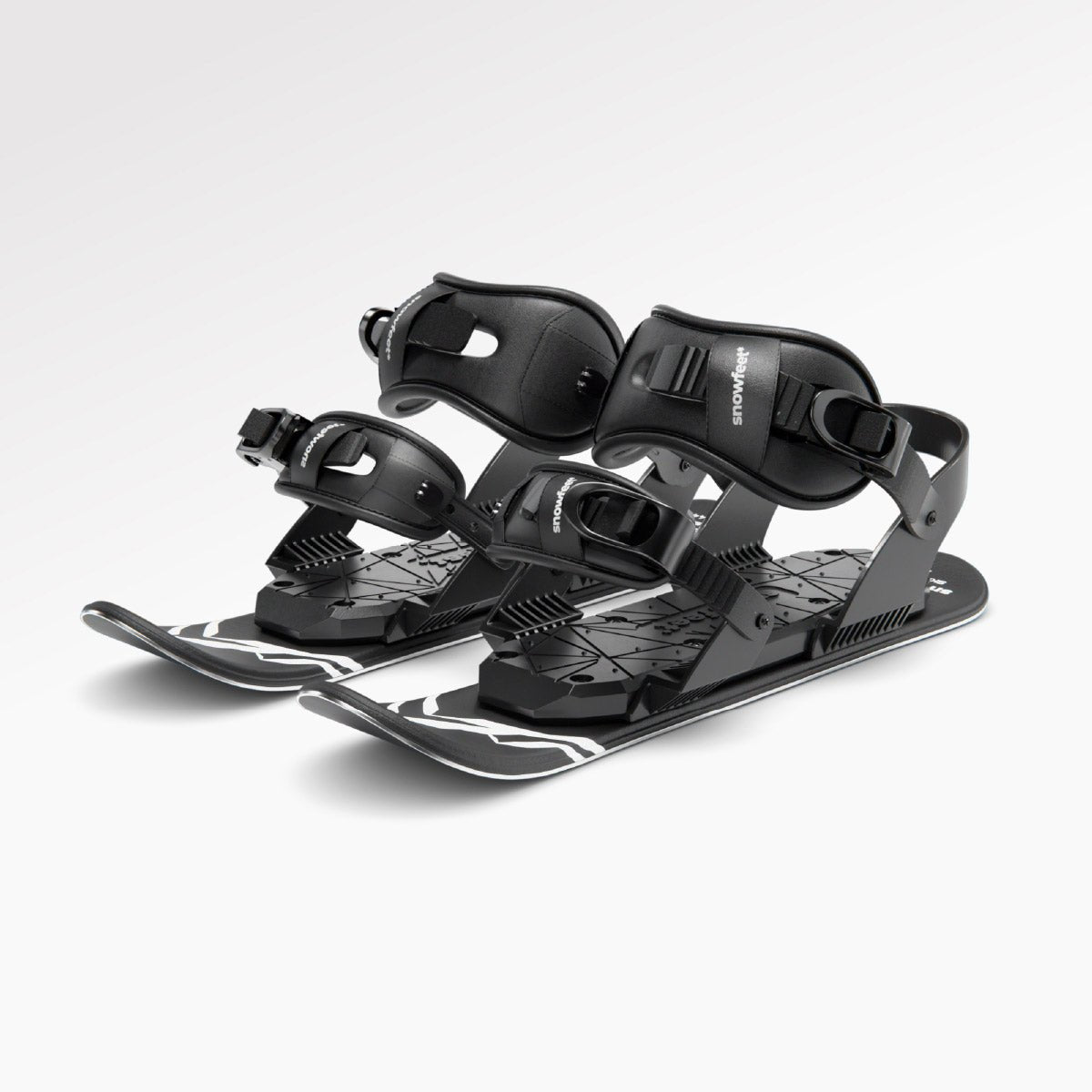
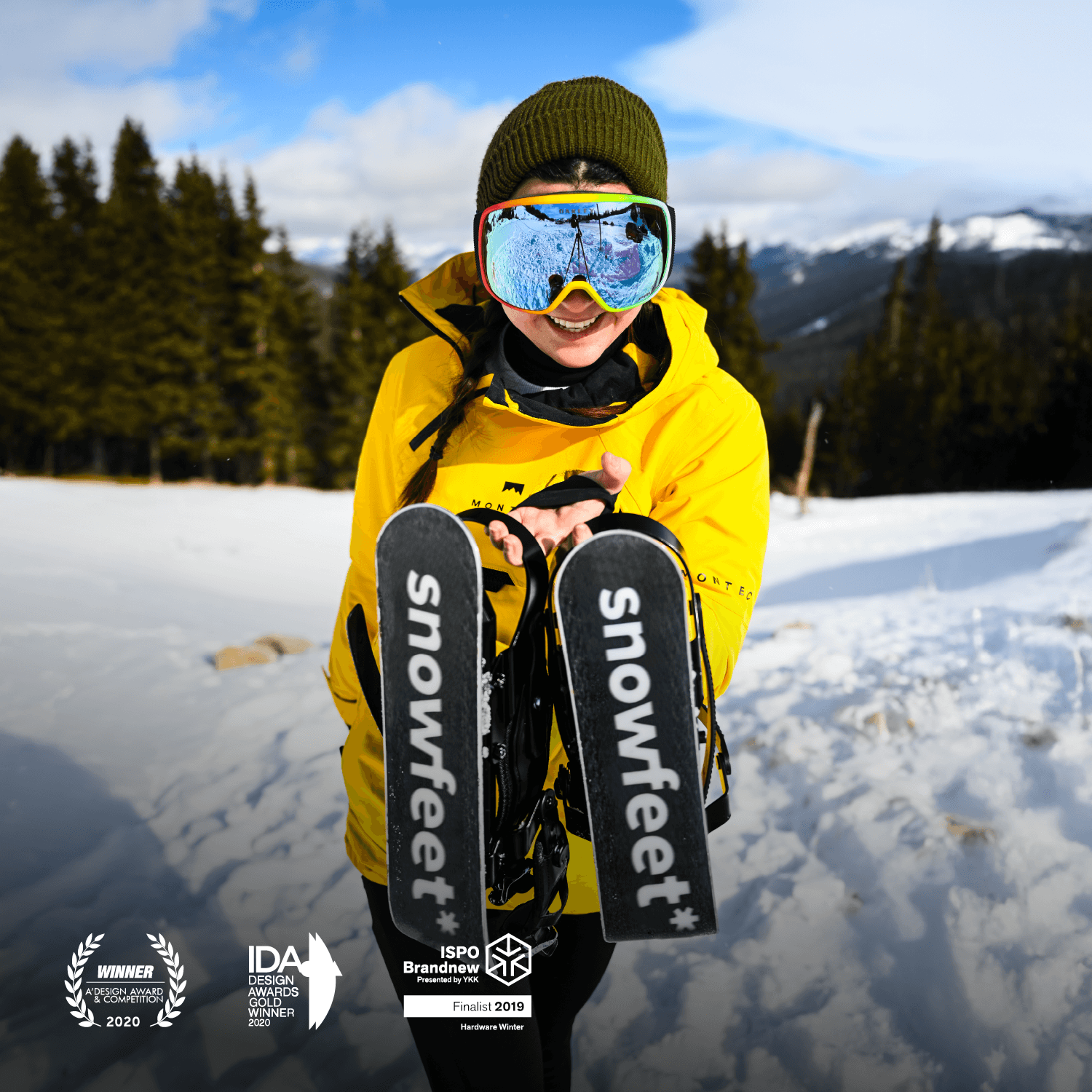
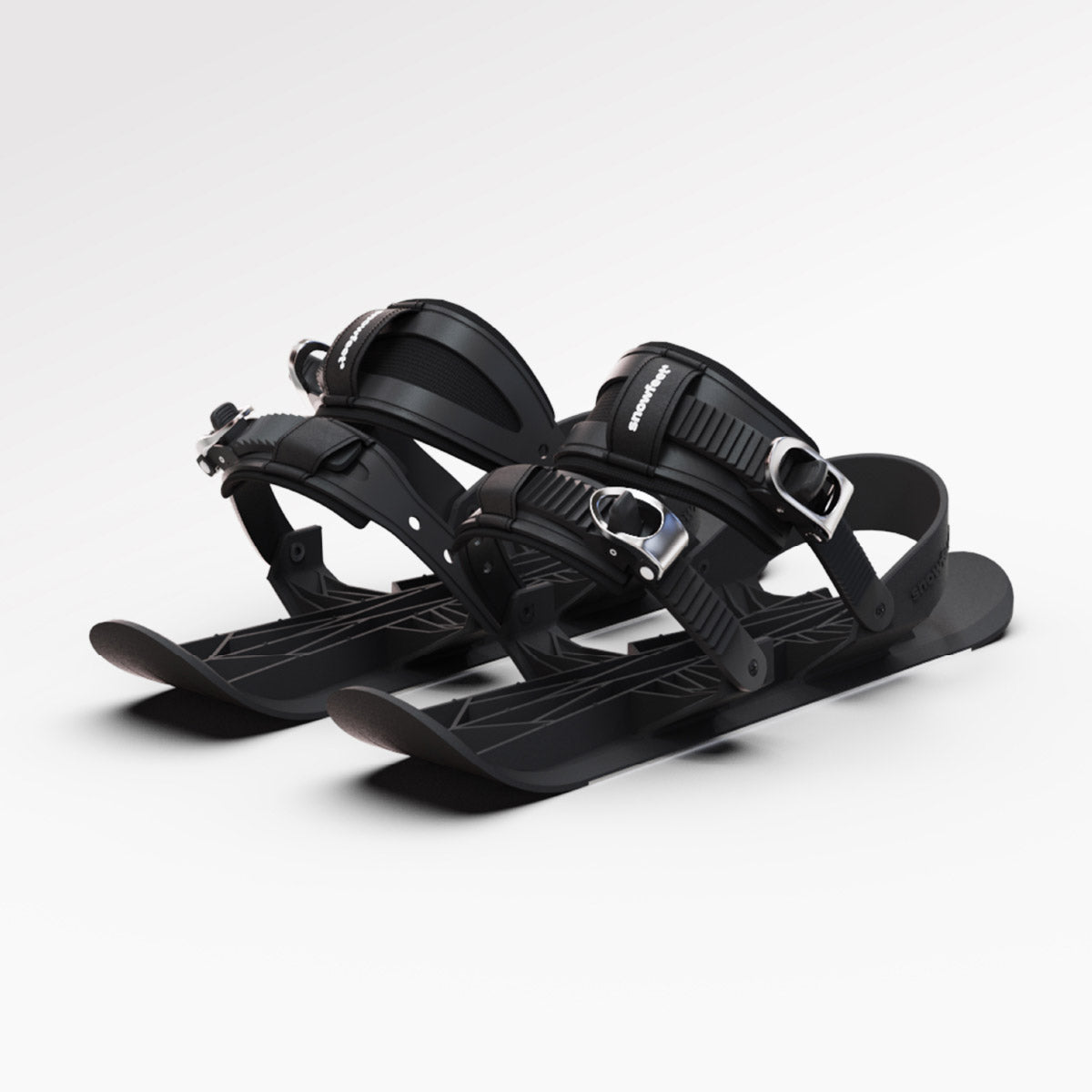
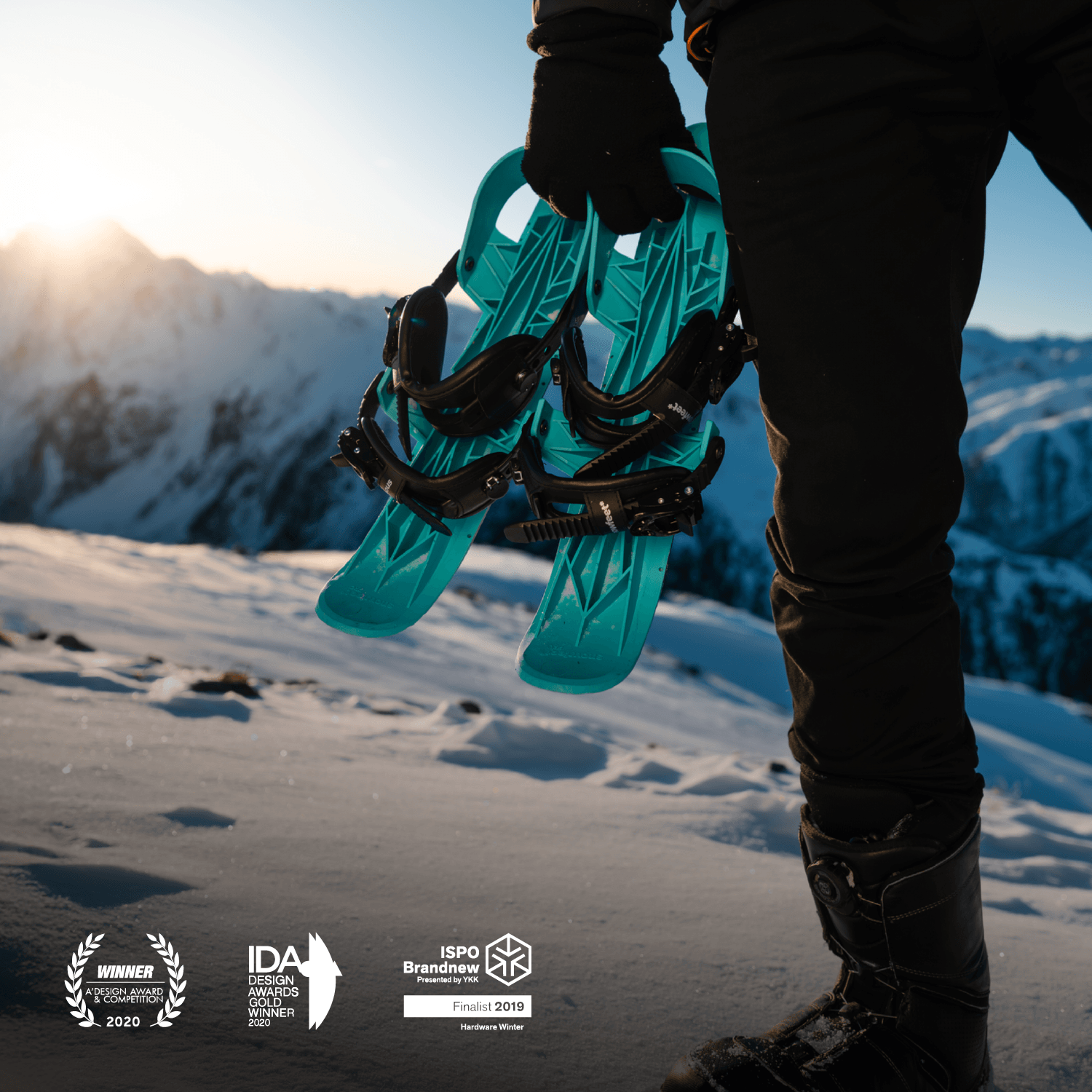
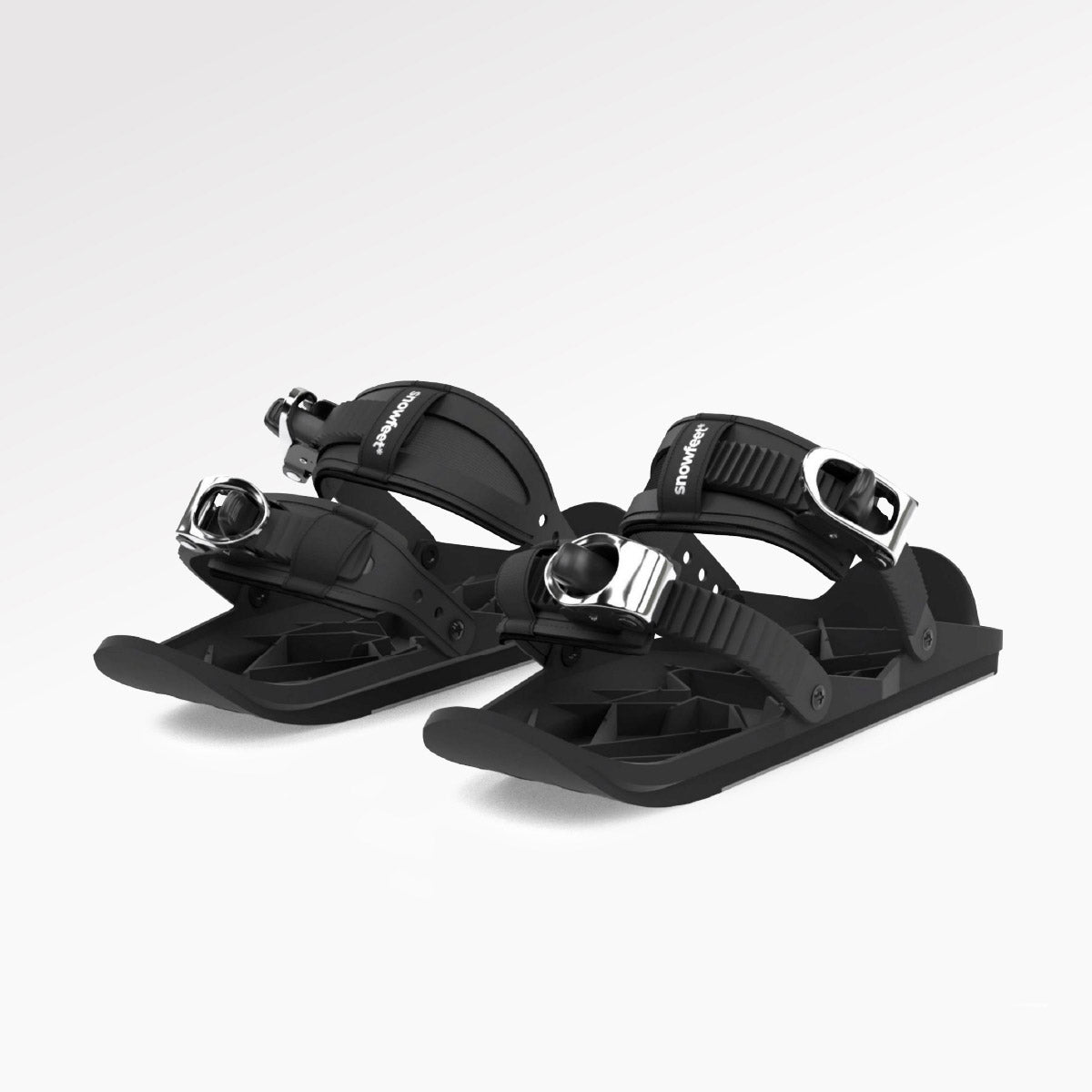
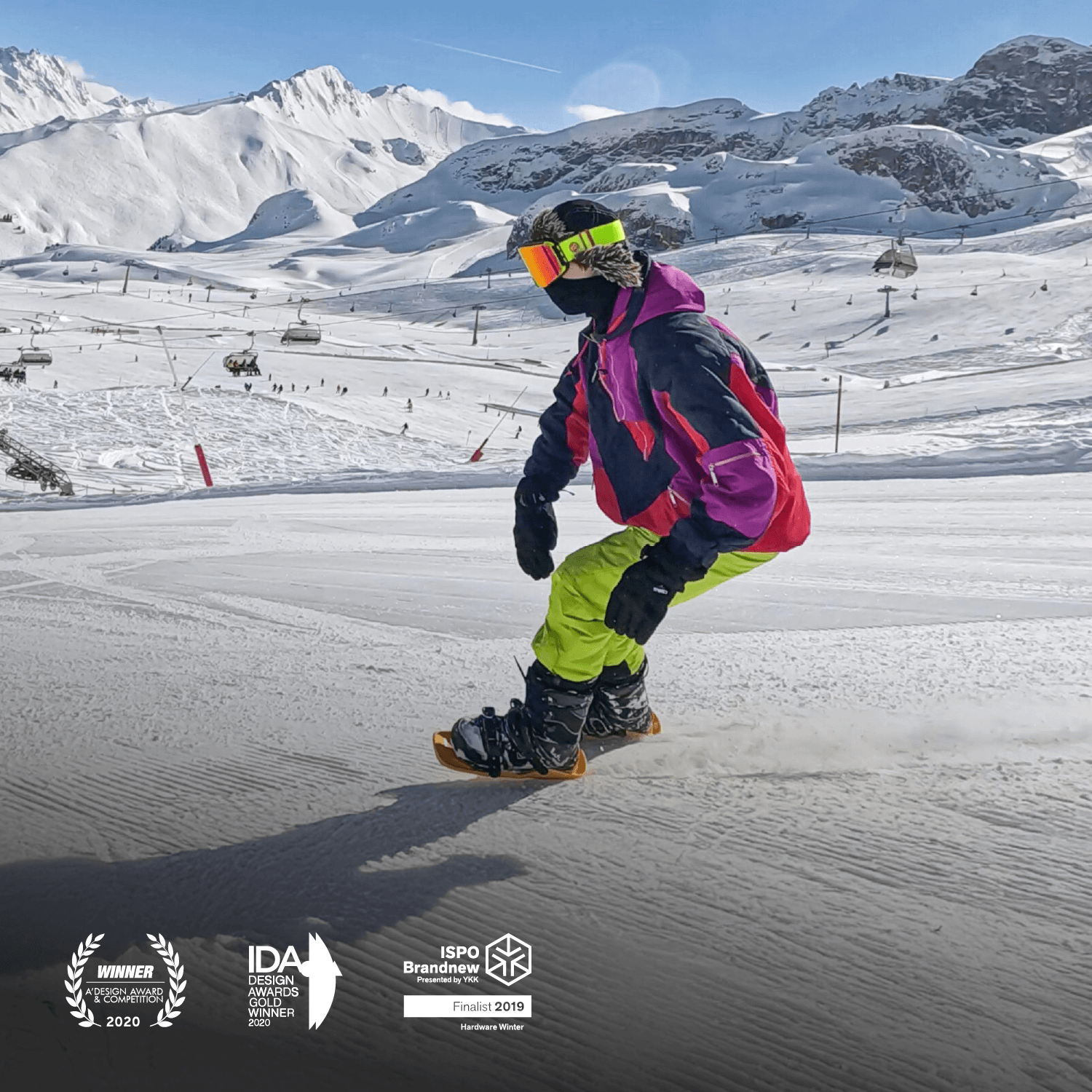
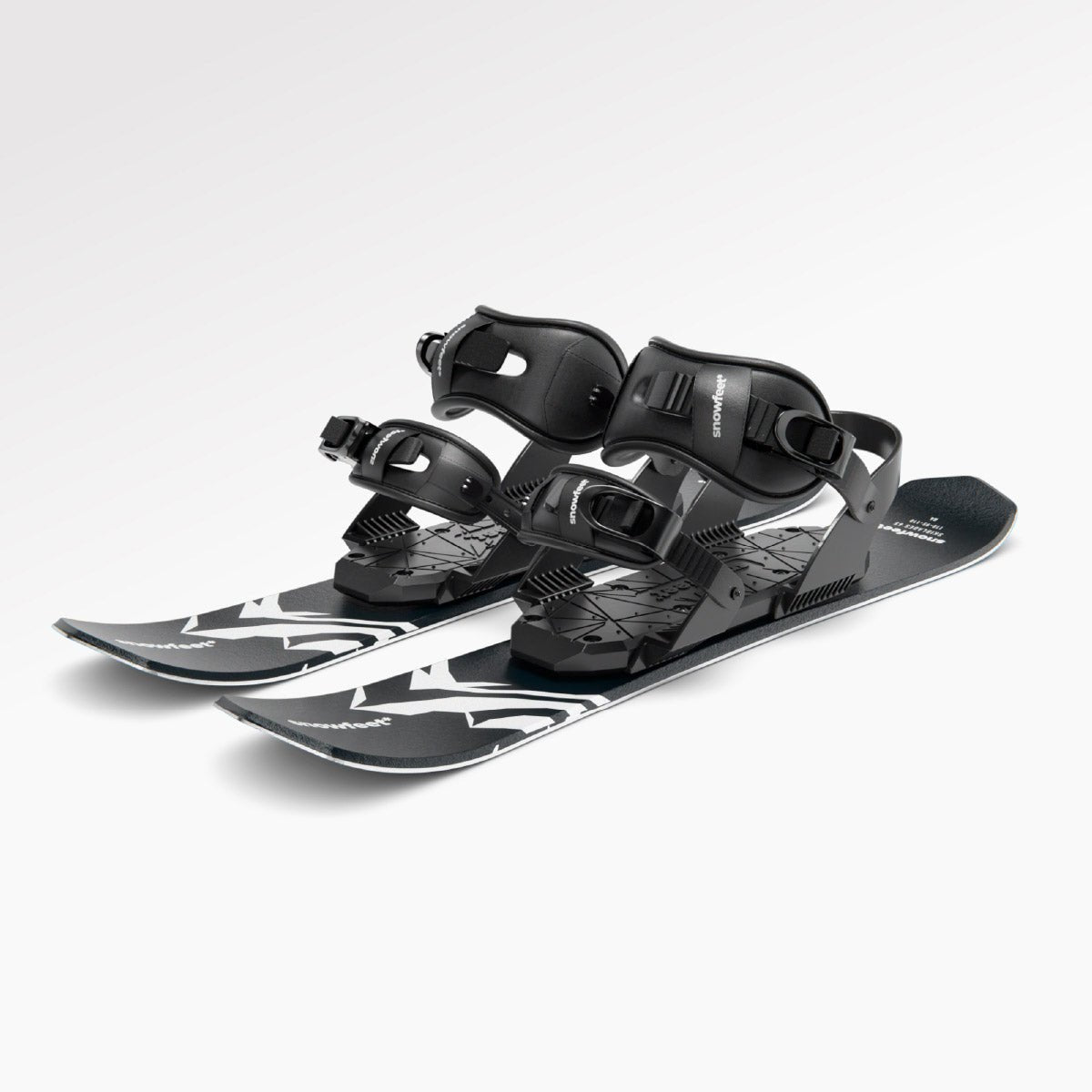
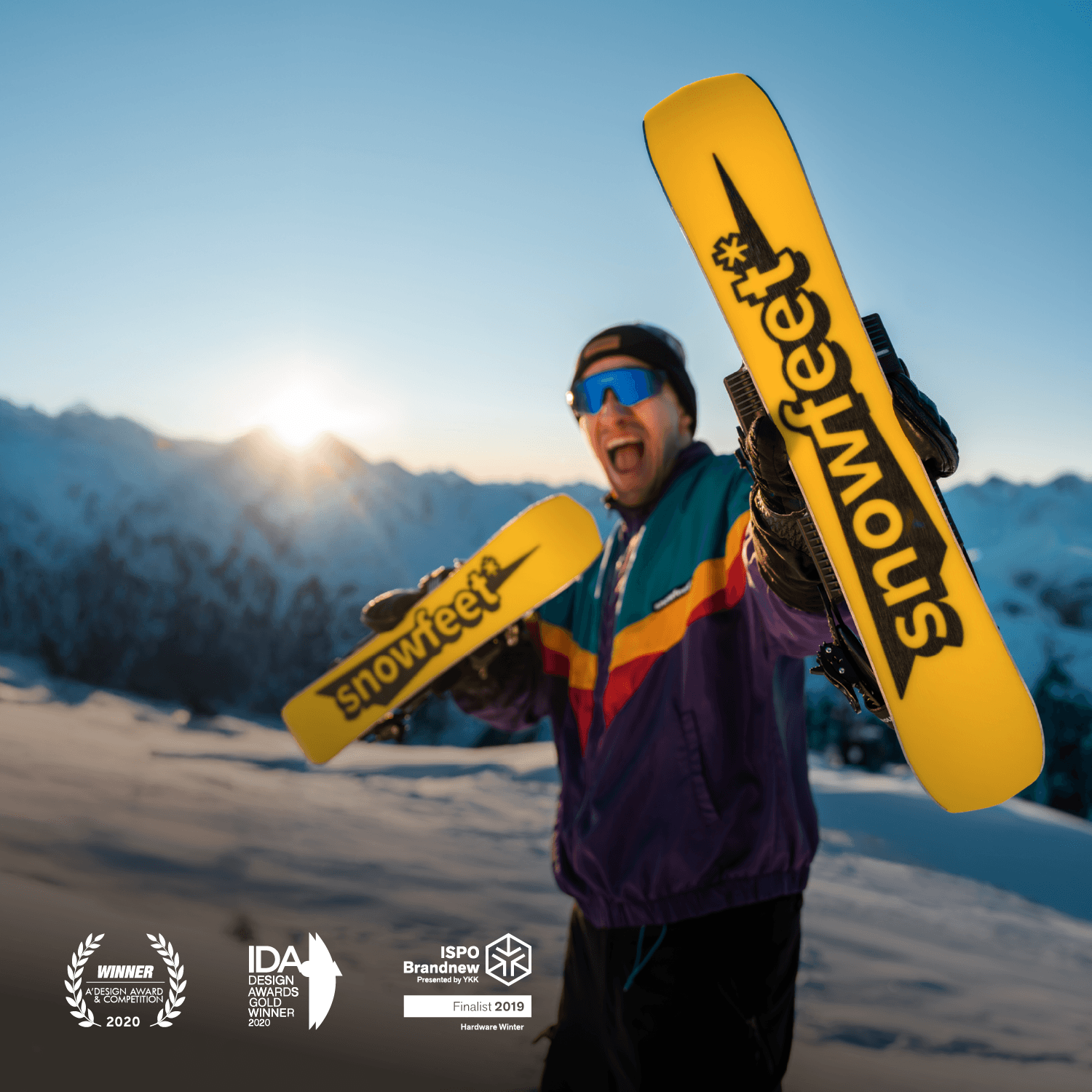
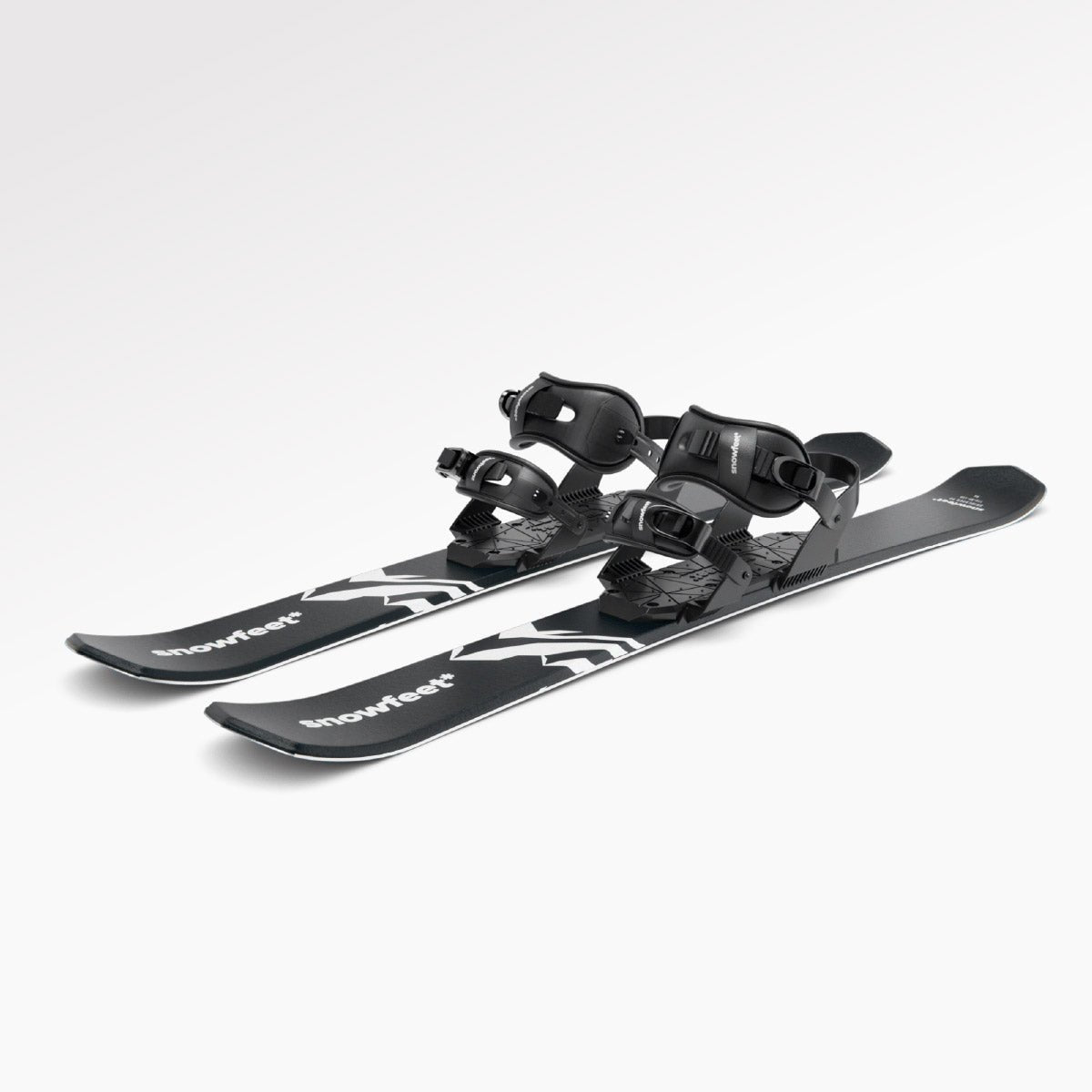
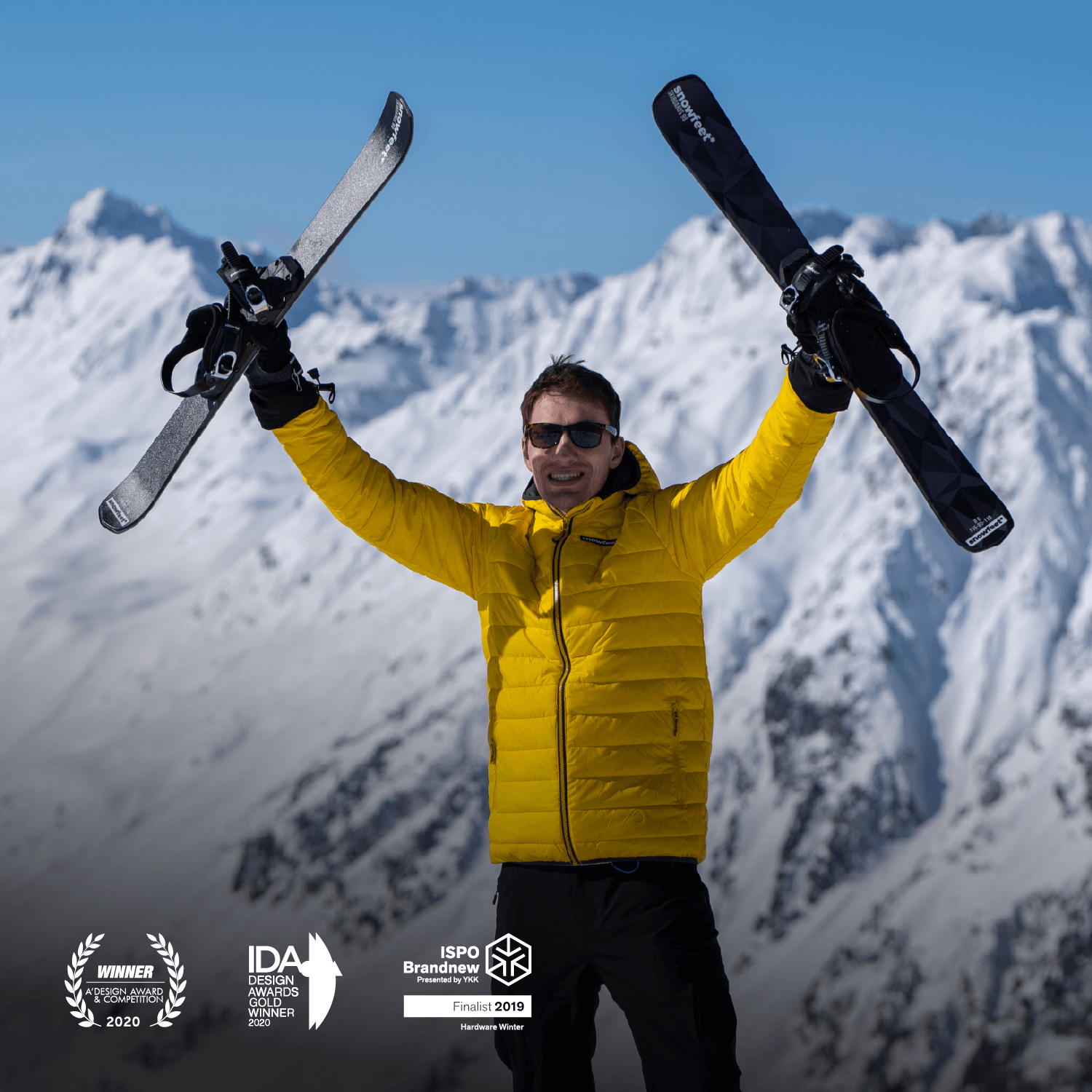
Leave a comment
This site is protected by hCaptcha and the hCaptcha Privacy Policy and Terms of Service apply.